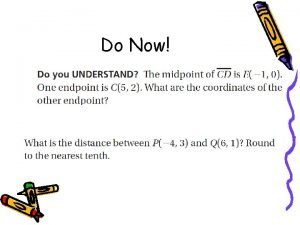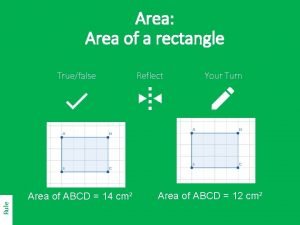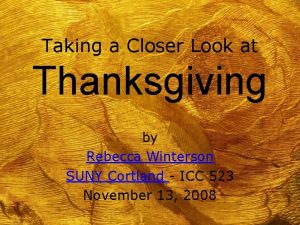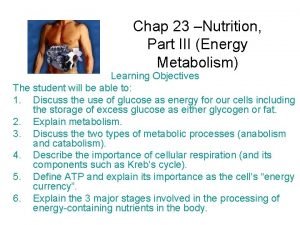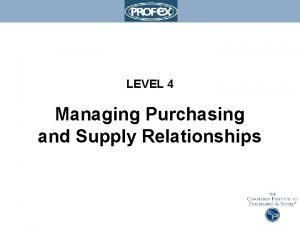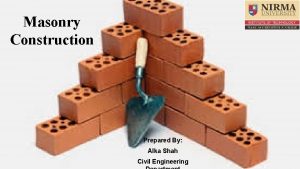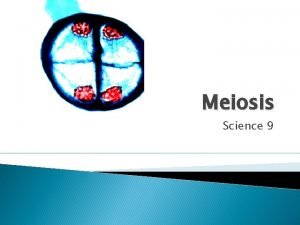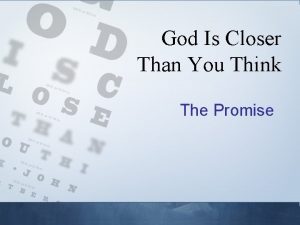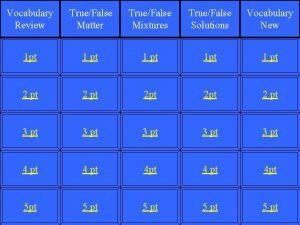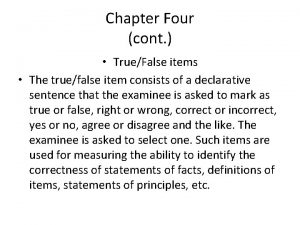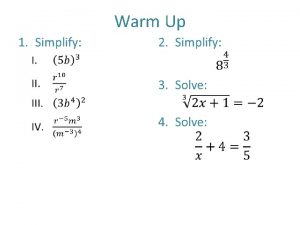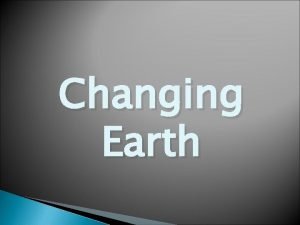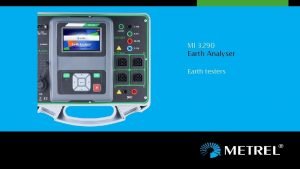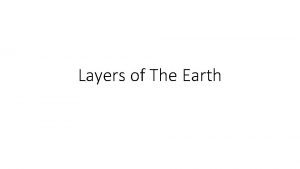WARM UP 1 TrueFalse The Earth is closer












- Slides: 12

WARM UP 1. True/False: The Earth is closer to the sun during the summer. 2. True/False: The Earth is slimmer at the equator. 3. What is a solstice? Equinox? 4. What causes seasons? 5. When you’re done, get a Chromebook for the quiz. Quiz code is on the whiteboard.

PLANETS There are 8 recognized planets. They can be divided into 2 groups.


INNER PLANETS • 4 closest to the sun. • Mercury, Venus, Earth and Mars • Also called terrestrial planets • Traits: • small, but dense • Rocky surface

OUTER PLANETS • 4 farthest from the sun. • Jupiter, Saturn, Uranus, and Neptune • Also called the Jovian planets • Traits: • Large, but not very dense • Gaseous surface • Atmosphere of hydrogen and helium

TO BE A PLANET 1. Has to be rounded by gravity 2. Has to orbit a star 3. Has to have everything pushed out of its orbit Which one does Pluto not meet? https: //www. youtube. com/watch? v=Fq. X 2 Ydnwt. Rc

BARYCENTER • The point between two unequal objects where they balance each other • The center of mass where two or more celestial bodies orbit each other. • When a moon orbits a planet, or a planet orbits a star, both bodies are actually orbiting around a point that lies outside the center of the larger body. (1, 710 km)

• The Sun is not stationary in our solar system. • It actually moves as the planets tug on it, causing it to orbit the solar system’s barycenter. • The sun never strays too far from the solar system barycenter. • http: //www. youtube. com/watch? v=1 i. SR 3 Yw 6 FXo

• Change in the direction of the axis of the Earth, but without any change in tilt • This changes the stars near (or not near) the Pole, but does not affect the seasons • The Earth’s axis currently points at Polaris as the “Northern Star”, but it won’t always be. PRECESSION Each gyration around the cone takes 26, 000 years


NUTATION • Wobbling around the precessional axis • Change in the angle: ½ degree one way or the other • Occurs over an 18 year period and is due to the Moon • Very slightly increases or decreases seasonal effects

Barycenter Lab Follow the instructions on your lab sheet.
 The volume of a solid is measured in units cubed. truefalse
The volume of a solid is measured in units cubed. truefalse Area rule of rectangle
Area rule of rectangle A closer look at thanksgiving
A closer look at thanksgiving Friend that sticks closer than a brother esv
Friend that sticks closer than a brother esv Chapter 7 a closer look energy metabolism pathways
Chapter 7 a closer look energy metabolism pathways Cips relationship spectrum
Cips relationship spectrum Racking back in brick masonry
Racking back in brick masonry Care closer to home
Care closer to home Look closer see me
Look closer see me A closer look at prophase i
A closer look at prophase i Sample compound sentences
Sample compound sentences God is closer than you think
God is closer than you think Creeping closer meaning
Creeping closer meaning
